How To Guides
What Happens to Our Rubbish?
For most of us, throwing things away is a matter of habit, something we don't really think about. You put your trash into the bin, take the bin bag out when it's full, then put the wheelie bins out once a week. But multiply that process by the 26.5 million households in the UK and you can see that millions of tonnes of rubbish are created each year. For many, rubbish is out of sight and out of mind. Once the bin men come and take those smelly bags away, we don't really consider what happens next. So what does happen to your rubbish once it disappears from your kerb?
What Happens Next…
A lot of what happens depends on your local council, though there are certain standard practices. Not all councils perform all these steps. In areas where there are separate recycling containers, the job of waste disposal is slightly easier. In areas that don't have separate recycling containers, or that have “co mingled recycling” where all recyclable materials are lumped into one bin together, the first stage of the process is to separate rubbish into different kinds. After that, your rubbish begins a long journey of its own…
Plastics
Plastic is a recyclable material, though it's more difficult to recycle than paper. Of the average 400 or so plastic bottles used by a household in a year, around 10% are recycled. These bottles go to recycling plants where they're washed, broken down into small pellets and then used for other things. There's a vast range of uses for recycled plastic, from making fleece clothing to making garden furniture, traffic cones, carpets, and even toys and playground equipment. What about those that aren't recycled? They head to the landfill (which we'll get to later…).
Paper
Paper and card are both recycled, and around 57% of all paper products used in the UK is recovered for recycling. In fact, paper recycling is so successful in the UK that in some cases paper is exported out of the country for recycling elsewhere. The UK uses more recycled paper than any other European country. In general, paper is recycled into yet more paper. Again, the percentage that isn't recycled gets sent to the landfill…
Cans and Bottles
Around a third of aluminium cans are recycled, and this is one of the most profitable areas of recycling for local councils. This is because aluminium can be recycled an indefinite number of times without losing any quality. Food cans are really made from steel, but these are also recyclable, though only around half of tins cans used in the UK go to recycling plants. Both aluminium cans and steel cans are generally recycled into more cans.
About half of all glass used in the UK is recycled, and generally is used to make more glass bottles. It's estimated that any new glass bottle you pick up is made from around 35% recycled glass. Low grade glass that can't be used to make bottles is recycled into building materials, or even filter systems for swimming pools!
Kitchen and Garden Rubbish
In many places, kitchen and garden rubbish (“organic rubbish”) is composted, just as you would do at home but on a much larger scale. This compost might be used in city parks, or may be sold to garden centres. Interestingly, kitchen and garden rubbish is one of the most recycled with most councils. This is because councils are required to recycle a certain number of tonnes of rubbish, and since kitchen and garden waste tends to be heavy, councils concentrate on collecting it to meet their quotas. In contrast, plastic is light weight and bulky, so helps less when trying to meet those recycling quotas.
And Then There's Landfill…
Everything that can't be recycled, or that isn't recycled for some reason, goes to the landfill. These are large pits filled up with rubbish. However, landfill sites aren't quite as primitive as they once were. Only a percentage of the rubbish in most landfill sites is actually buried, and even then it still serves a purpose.
With some sites a lot of rubbish isn't buried at all, it's burned, and then the energy created by burning is used to drive turbines to produce electricity. When rubbish is buried, landfill sites now have methods of collecting the gas that's produced when the rubbish decays, and this gas is again used to drive turbines and to produce electricity that's sent to the national grid. In some cases this gas is even used to make fuel for cars.
There are very strict laws concerning the running of landfill sites in the UK. And even once the rubbish has served its purpose and created energy for us, the site itself is strictly regulated once the landfill has closed down. Old landfill sites are cleaned up and may then become conservation areas, or can be used for agriculture.
Your Rubbish is Everywhere!
The bottom line here is that your rubbish is all around you. It doesn't disappear from your kerb at all, instead it's scattered everywhere. Most cans and bottles that you touch, most paper that you use, some of the clothing that you wear, or the carpet that you tread on, or the playground that your child plays on, all contain your rubbish. Take a walk in the park and you're probably stepping on composted rubbish, switch on the kettle and some of that electricity comes from rubbish.
So the next time you cavalierly throw something into the bin, you might want to think about the next time you'll see it. Because you almost certainly will see it in some form or another at some point…
Photo credit: United Nations Photo

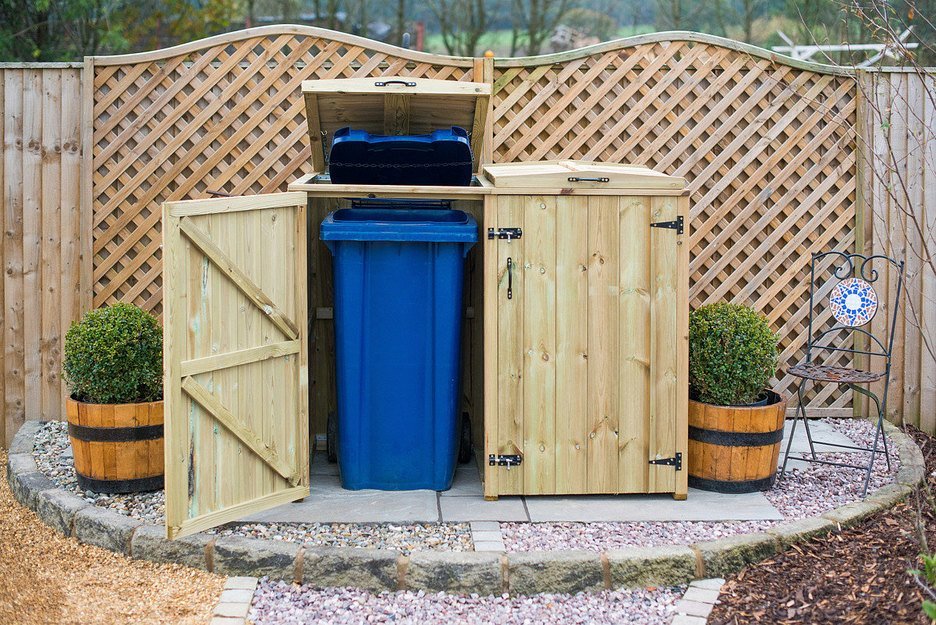
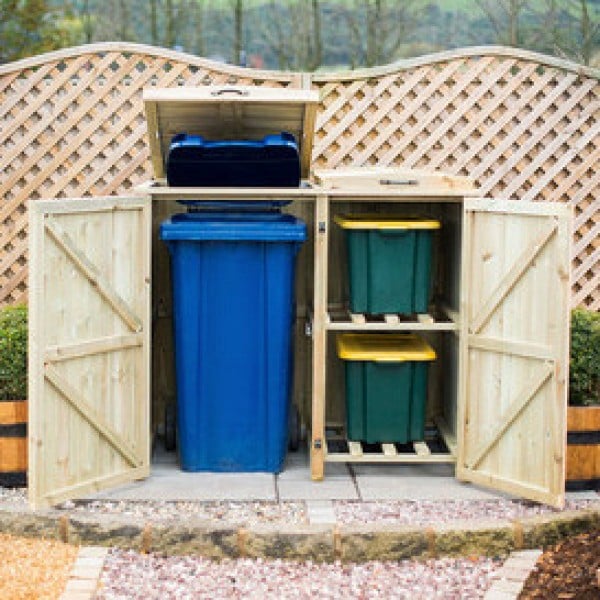
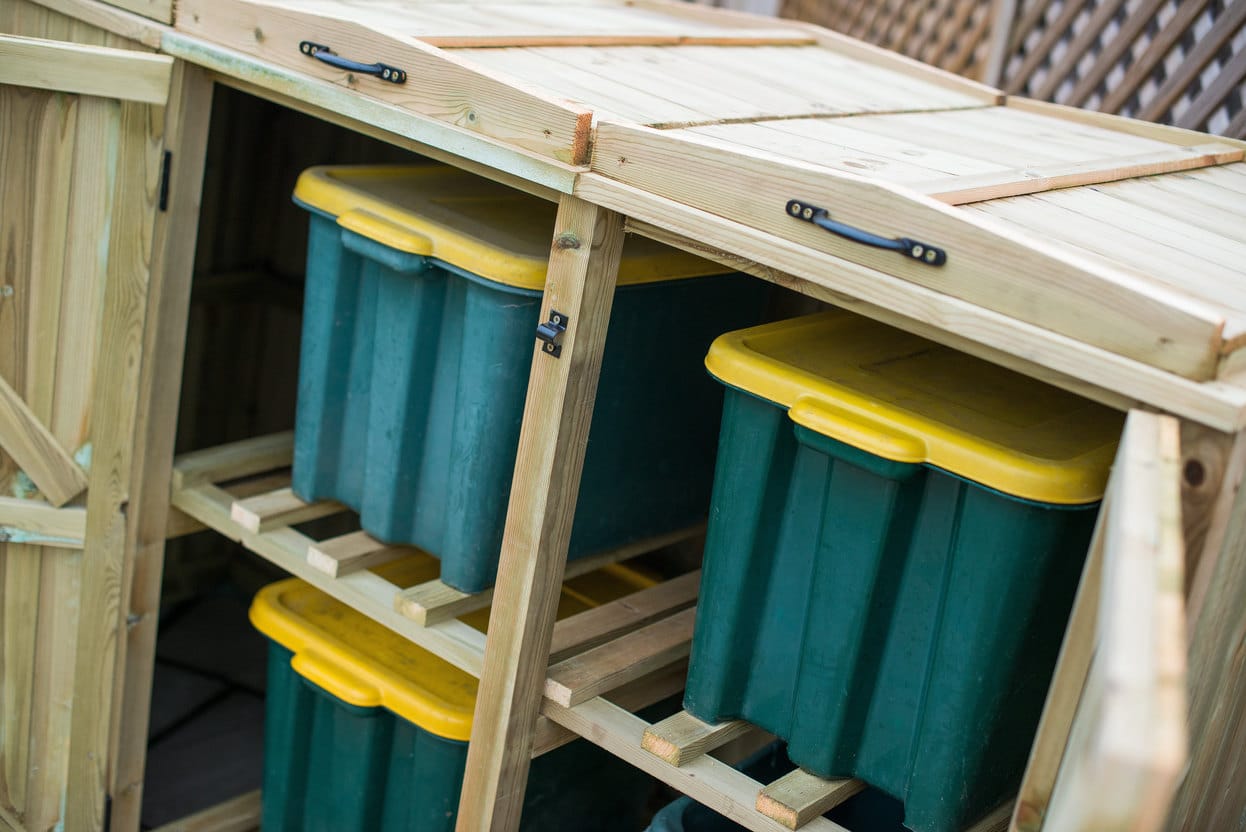
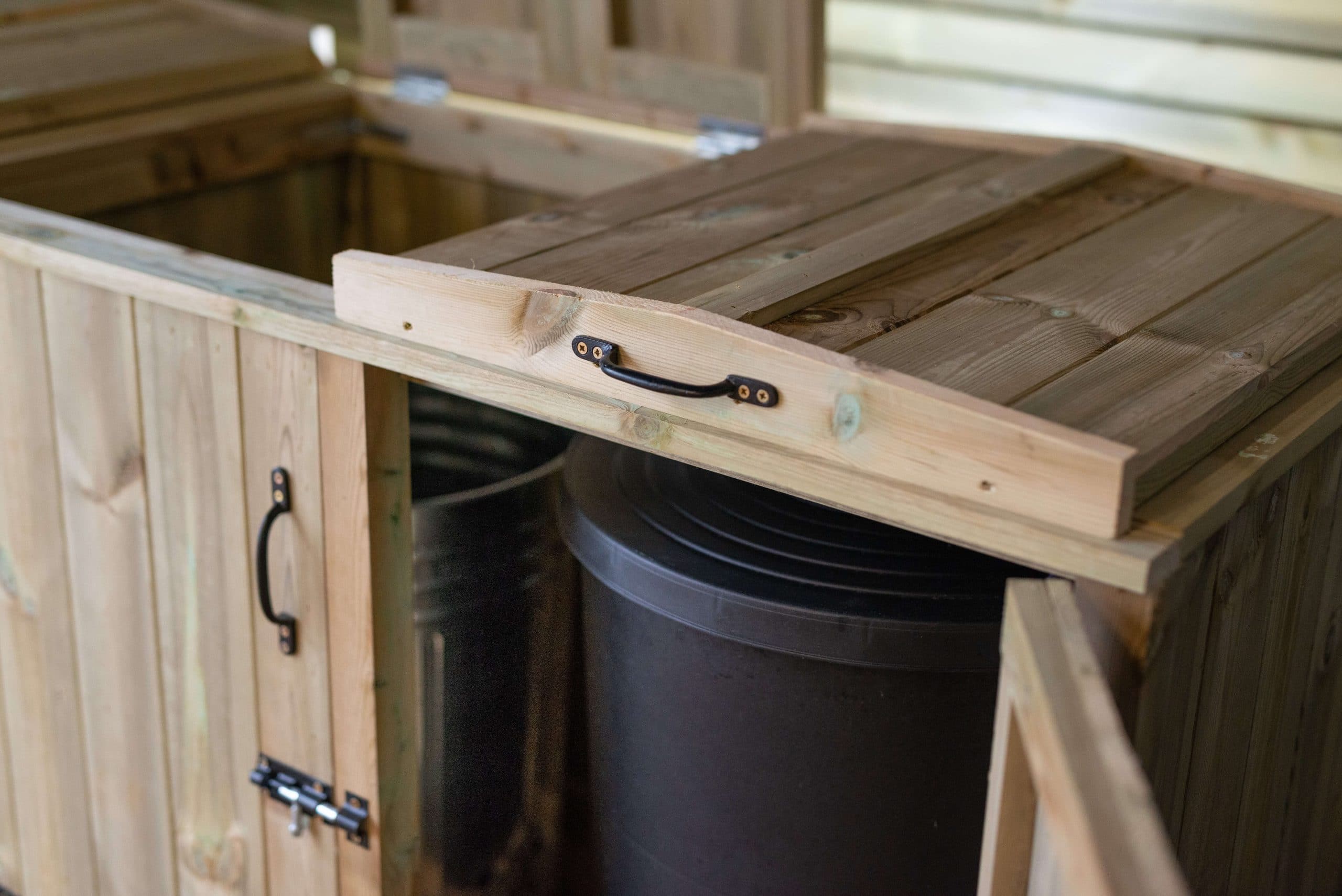
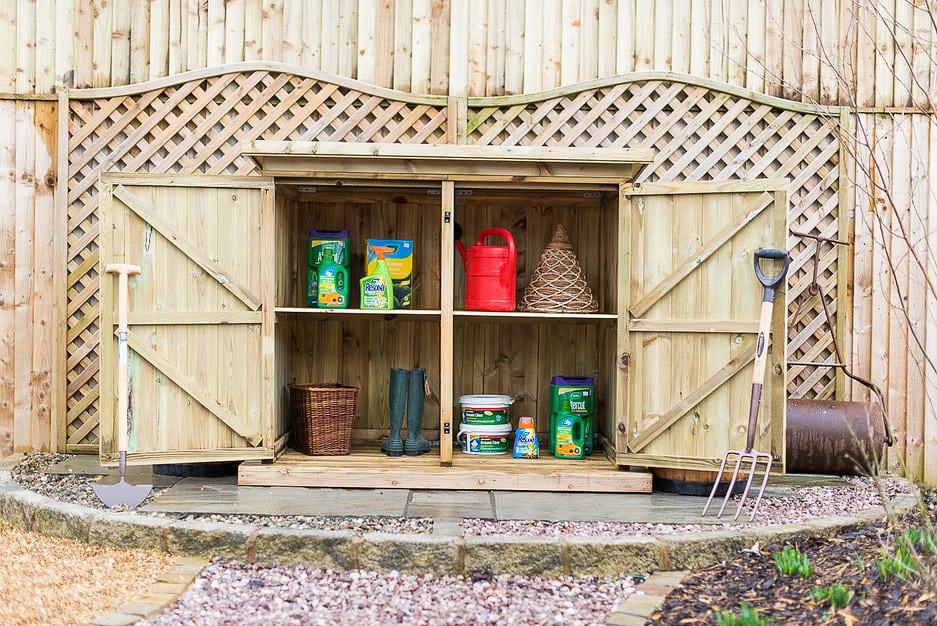
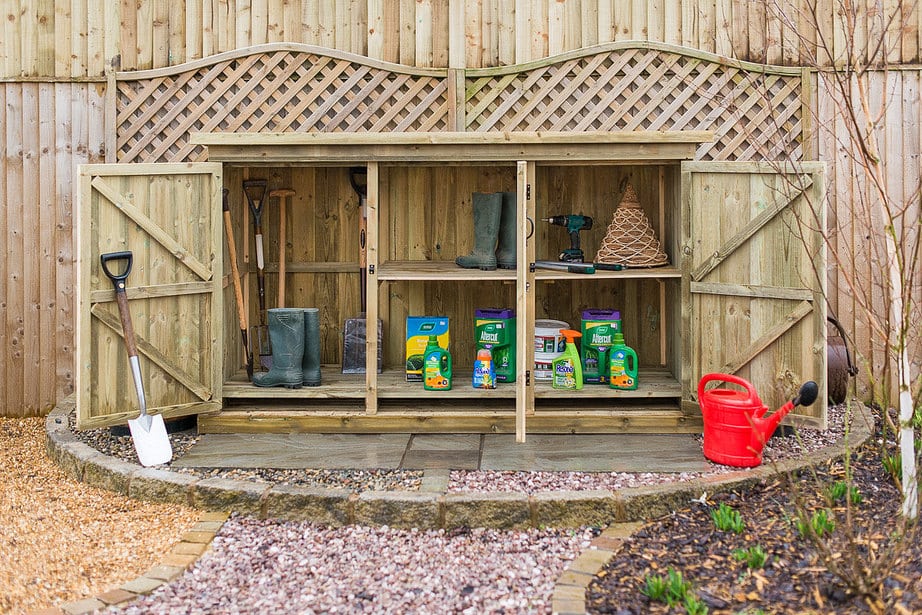

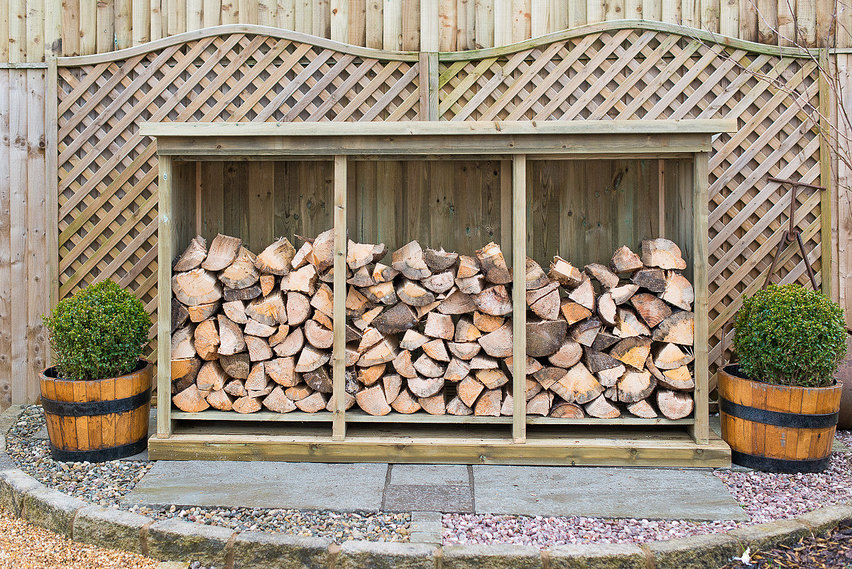
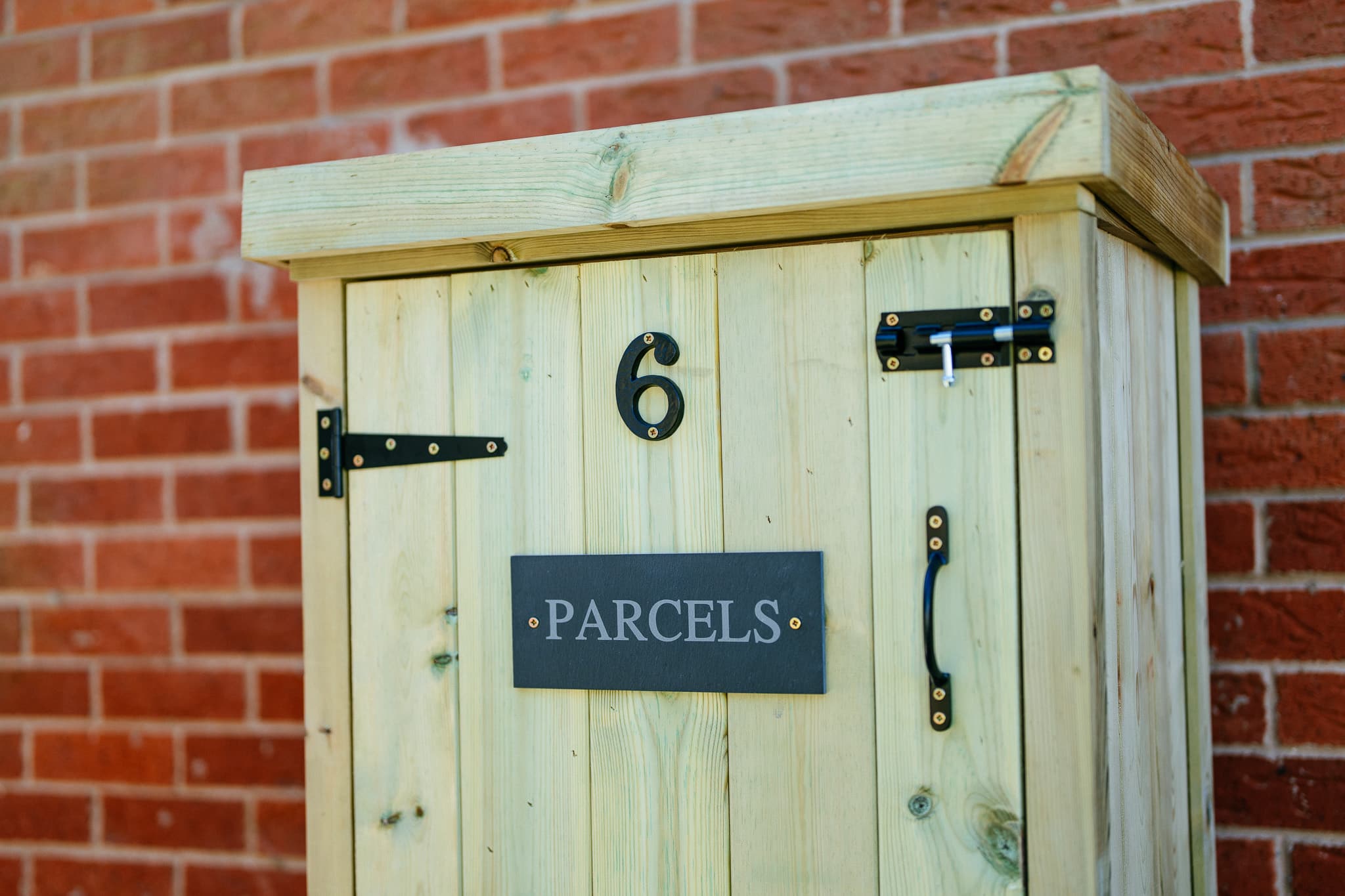
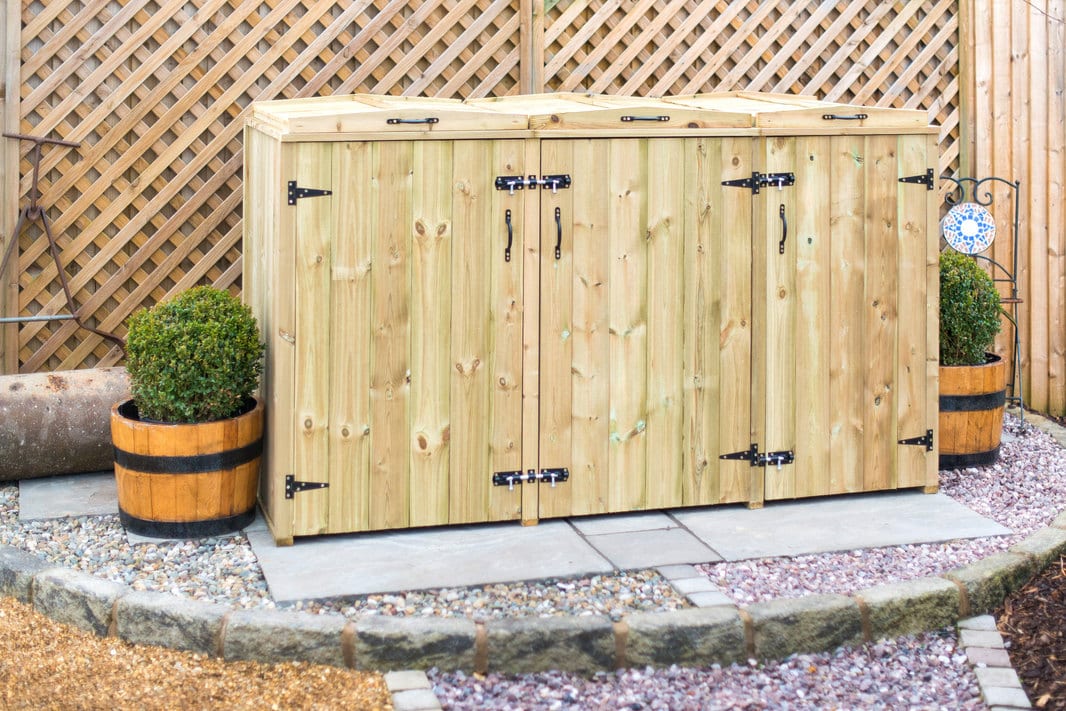

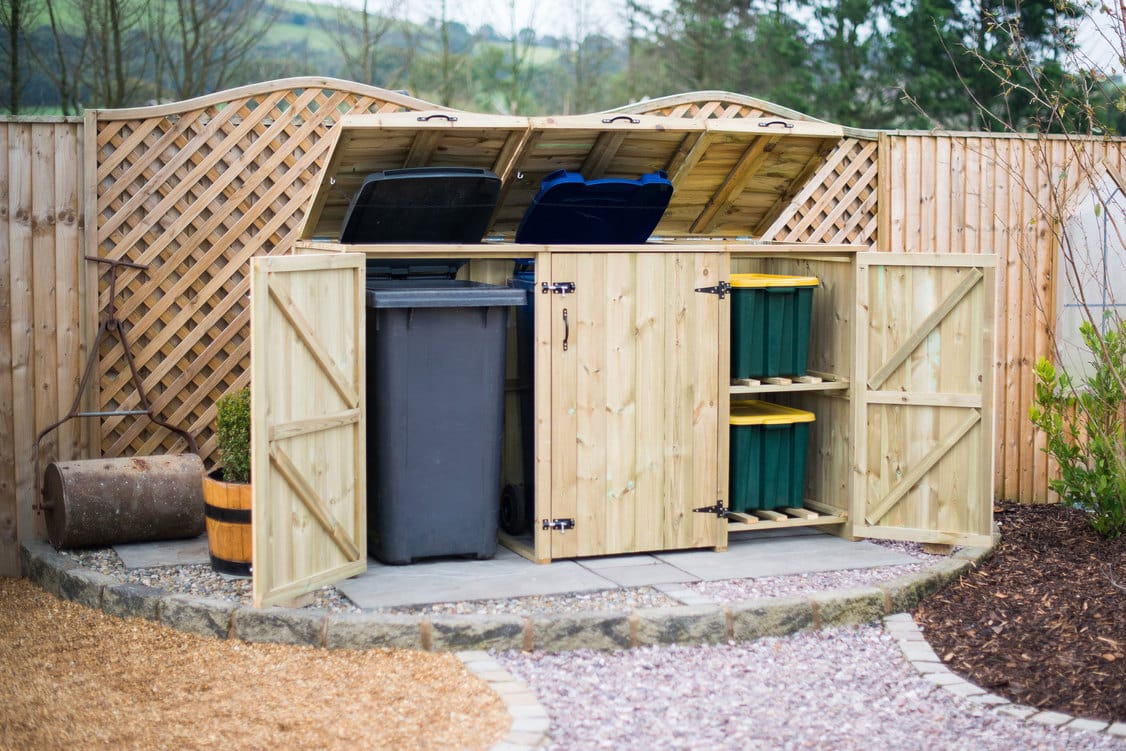
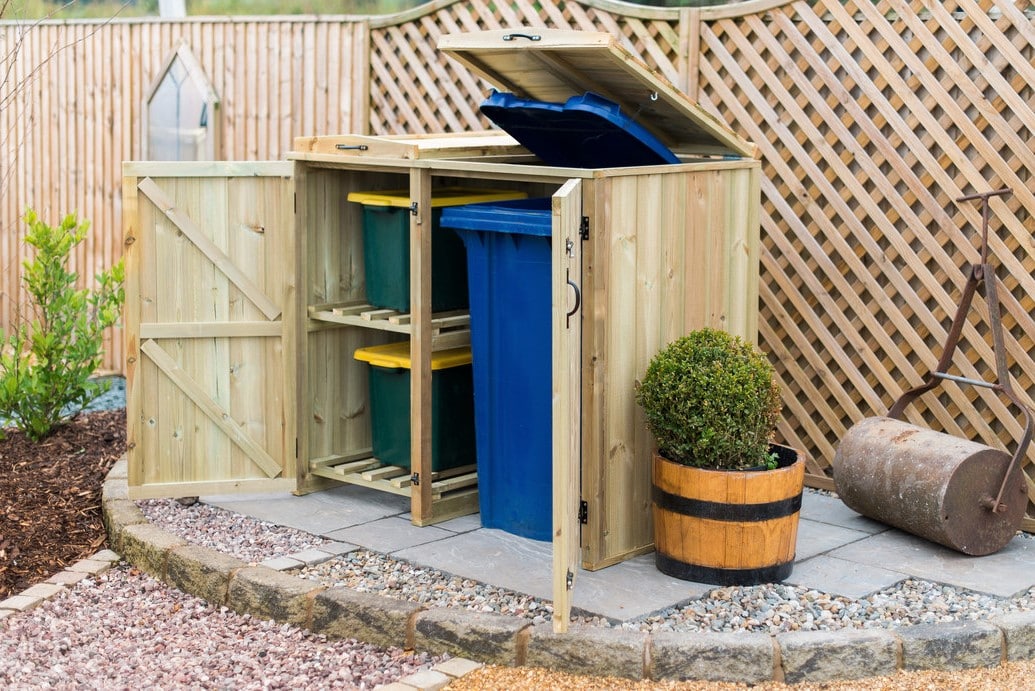
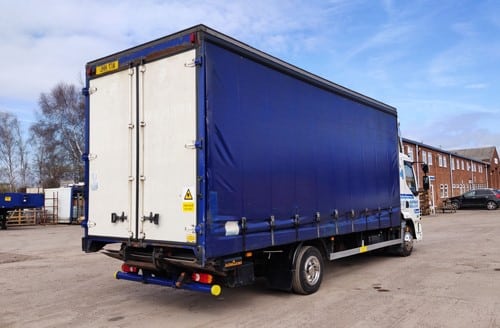
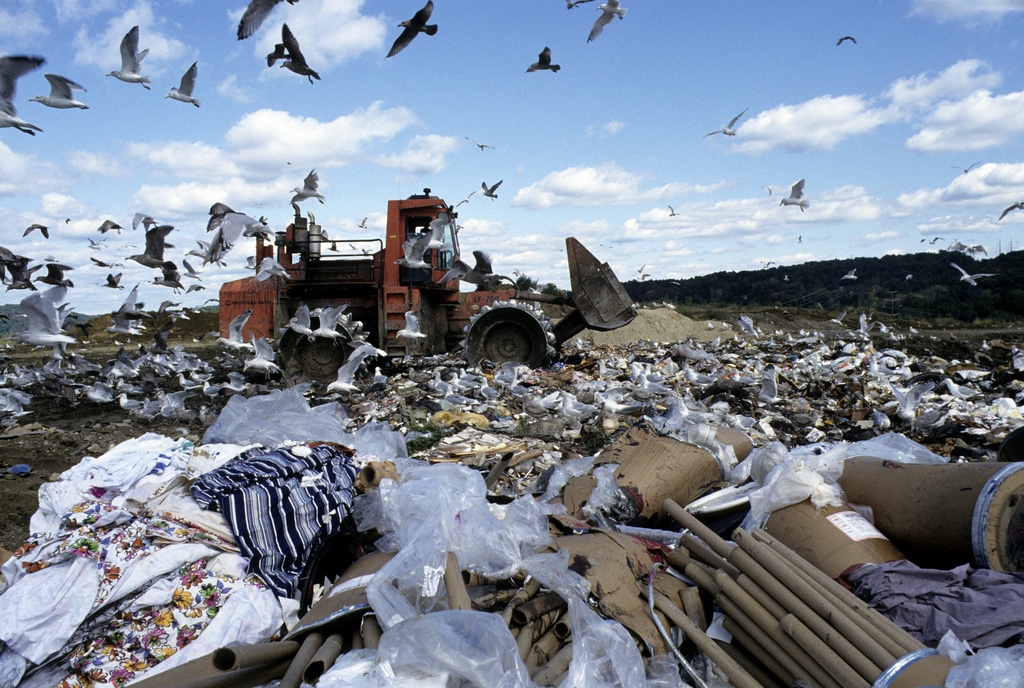
Very interesting I did not know that.